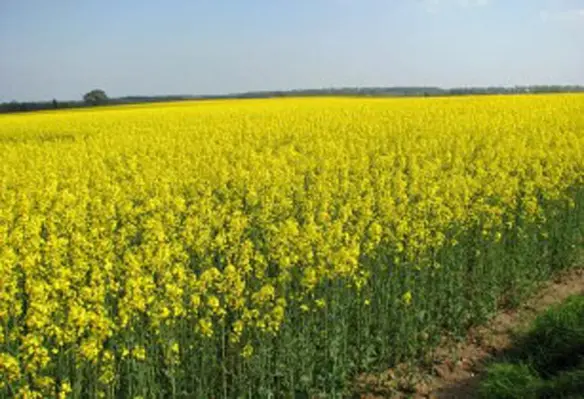Scientists from France’s INRA, Genoscope and University of Evry, in collaboration with international teams, have sequenced the reference genome of the oilseed rape
A reference genome is the assembled and ordered sequences of all genes, which will be invaluable for future research on the genetics of the concerned species.
The oilseed rape, scientifically known as brassica napus L, is a key oilseed crop in Europe, Canada and Australia. As part of the Seq-Poly-Nap project, financed by the French National Research Agency (ANR), this project is the first time a polyploid genome has been completely sequenced and compared to its relative parental species (the Mediterranean cabbage and Asian turnip), INRA officials said.
Boulos Chalhoub, coordinator of research within the international consortium, said, “The main difficulty for oilseed rape has been to differentiate its different sub-genomes. This has been achieved by the development of an original sequencing strategy, bioinformatics tools and the analysis of duplicated gene expression and their regulation.”
Researchers have shown that apart from the post-Neolithic hybridisation that led to its formation, oilseed rape holds one of the most highly duplicated genome of all flowering plants (angiosperms) due to numerous older polyploidizations that occurred during its evolution. This recurring phenomenon led to the accumulation of 101,000 genes — the highest gene densities of any previously sequenced organism, more than four times more than the 20,000 to 25,000 genes of humans.





